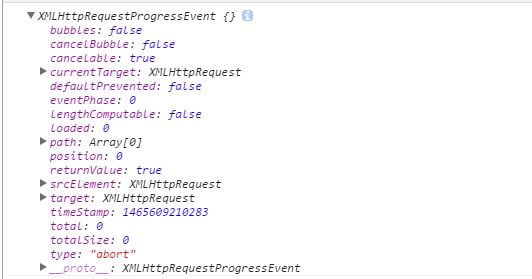I've been searching for a clear guide on how these events work and now I'm more confused than when I started.
Certain features of my site involve drag-and-drop. Currently mobile devices (or anything without a mouse) are supported by having the user select the item, tap the "move" button, then touch the drop point. While this works quite well (items are on a visible grid), it's not exactly as user-friendly as dragging.
My initial understanding is that, wherever I assign element.onmousedown, element.onmousemove and element.onmouseup I can simply also assign the same handler to element.ontouchstart, element.ontouchmove and element.ontouchend respectively.
However, that leaves the following questions:
- How do I get the coordinates of the touch point, and what is it relative to?
- Will the view be panned (the default action of dragging) and if so is that cancellable?
- How can I avoid interfering with multi-touch actions such as pinching to zoom if one finger happens to be on a draggable element?
You can determine coordinates by measuring device width/height (window.innerHeight/window.innerWidth).
This article is a good starting point for touch events and overriding them:
http://www.html5rocks.com/en/mobile/touch/
Multi-touch gestures shouldn't interfere with the draggable elements. You can use conditionals in your event handlers if they are interfering:
(event handler)
if (event.touches === 1) handle the event
The other answers better address the original question, but for posterity who, like me, find this link trying to make an existing click/drag (mouse) function work on touch screens, this is a very bare bones solution.
If you're adding event listeners, you can add a corresponding 'touchstart' line to your 'mousedown' like so:
document.getElementById('throttle').addEventListener('mousedown', mouseDown, false);
document.getElementById('throttle').addEventListener('touchstart', mouseDown, false);
Do the same for any mousemove (touchmove) and mouseup (touchend).
Within your functions, when you get the mouse coordinates, use:
var top = e.clientY || e.targetTouches[0].pageY; //the same syntax for the x value
That way it checks for a mouse click and drag first, then if that's undefined, it looks for a touch interaction.
Like I said, very barebones, but it worked to get me started.
Here is a short summary about differences between mobile and desktop screen coordinates: What is the difference between screenX/Y, clientX/Y and pageX/Y?
And a working example of implementing the touchmove event listener:
this.canvas.addEventListener("touchmove", function(e) {
e.preventDefault();
touchPosition(e);
}, false);
var getCanvasPos = function(el) {
var canvas = document.getElementById(el) || this.getCanvas();
var _x = canvas.offsetLeft;
var _y = canvas.offsetTop;
while(canvas = canvas.offsetParent) {
_x += canvas.offsetLeft - canvas.scrollLeft;
_y += canvas.offsetTop - canvas.scrollTop;
}
return {
left : _x,
top : _y
}
};
var touchPosition = function(e) {
var mouseX = e.clientX - this.getCanvasPos(e.target).left + window.pageXOffset;
var mouseY = e.clientY - this.getCanvasPos(e.target).top + window.pageYOffset;
return {
x : mouseX,
y : mouseY
};
};




